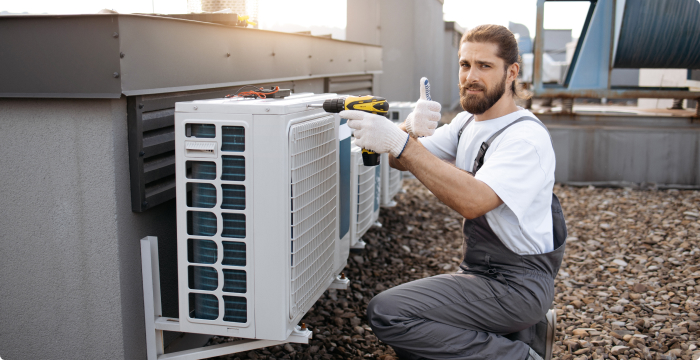
Proper roof ventilation is often an overlooked aspect of home maintenance, yet it plays a pivotal role in ensuring the longevity and health of your roofing system. In this guide, we will delve into the significance of roof ventilation, its impact on your home, and the benefits it brings to your overall roofing structure.
Effective ventilation is more than just a comfort feature; it's a fundamental requirement for maintaining a healthy roof. A well-ventilated roof can mitigate a range of issues and contribute to the overall well-being of your home.
Roof ventilation involves the exchange of air within the attic space. It allows fresh air to enter through intake vents while pushing out stale, moisture-laden air through exhaust vents. This process helps regulate temperature and humidity, preventing potential problems that can arise in poorly ventilated attics.
One of the primary roles of ventilation is to combat moisture buildup. Without proper airflow, condensation can occur in the attic, leading to mold growth, wood rot, and compromised insulation. A well-ventilated roof helps to keep moisture in check, preserving the integrity of your roofing structure.
Effective roof ventilation helps regulate attic temperatures, especially during hot seasons. This, in turn, prevents excessive heat transfer to living spaces, reducing the strain on your HVAC system and contributing to energy efficiency. A cooler attic also safeguards shingles from premature aging due to overheating.
Proper ventilation directly contributes to the longevity of your roofing materials. By minimizing temperature extremes and preventing moisture-related issues, a well-ventilated roof can significantly extend the lifespan of your shingles and structural components.
Recognizing the signs of poor ventilation is crucial. Look out for symptoms such as excessive heat in the attic, ice dams in winter, or mold growth. Addressing these issues promptly can prevent more significant problems down the road.
In conclusion, the role of ventilation in roof health cannot be overstated. Regular inspections and maintenance of your roof ventilation system are essential for preserving the integrity of your entire roofing structure. Consulting with a professional roofing contractor can help you assess your current ventilation setup and make necessary improvements. By prioritizing proper ventilation, you not only enhance the durability of your roof but also contribute to a healthier, more energy-efficient home. Don't underestimate the impact of good ventilation—it's a small investment that pays significant dividends in the long run.